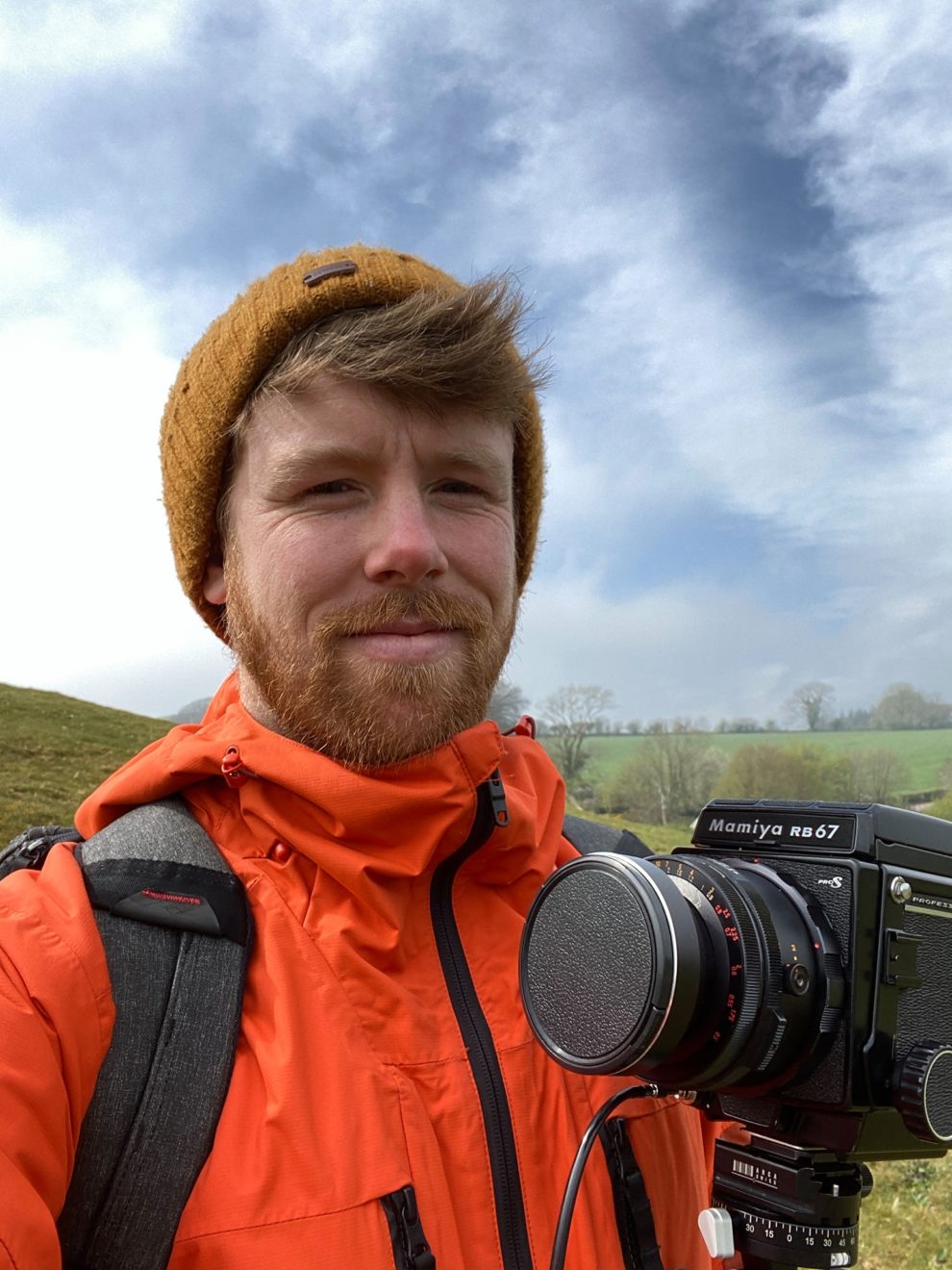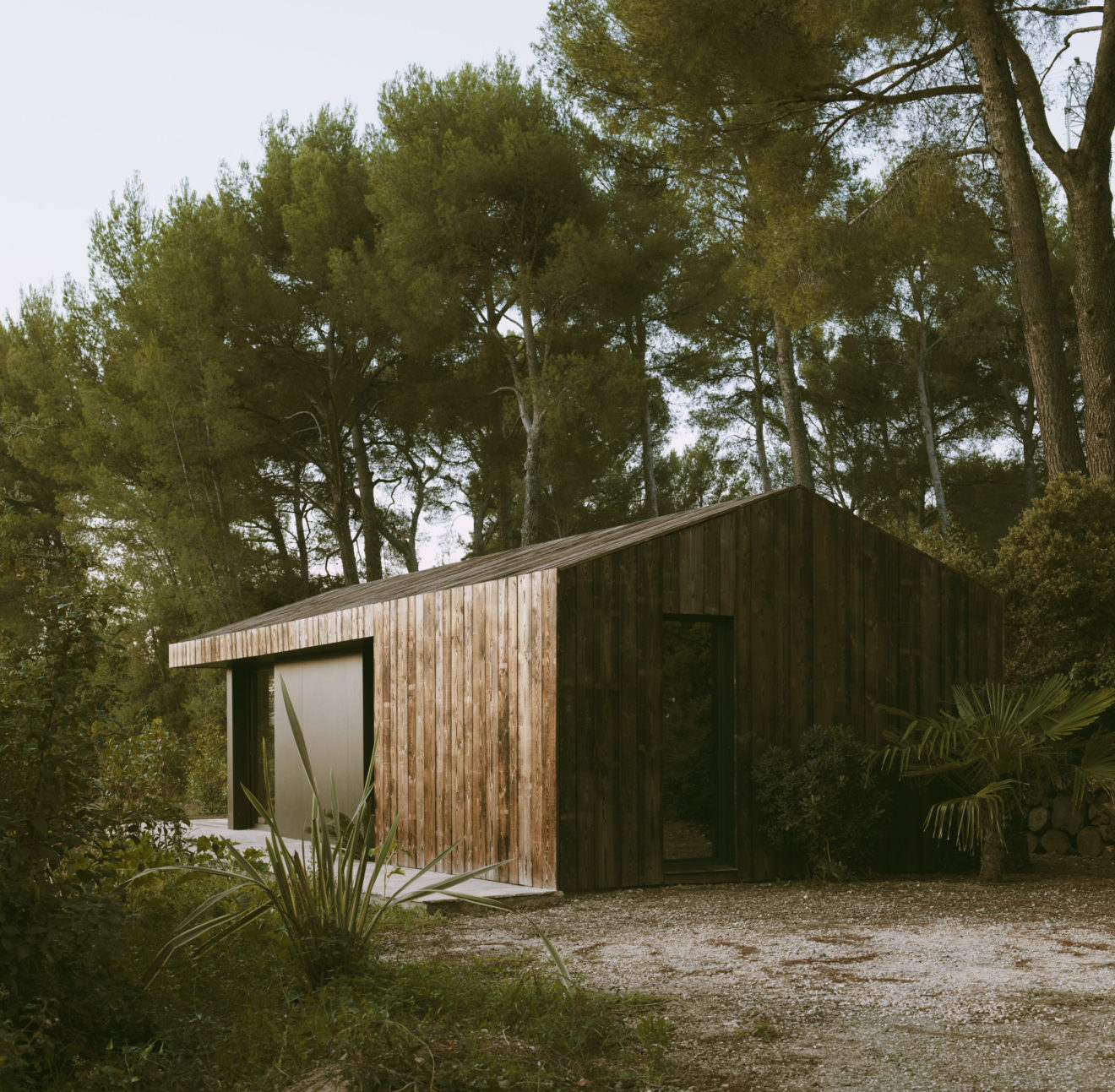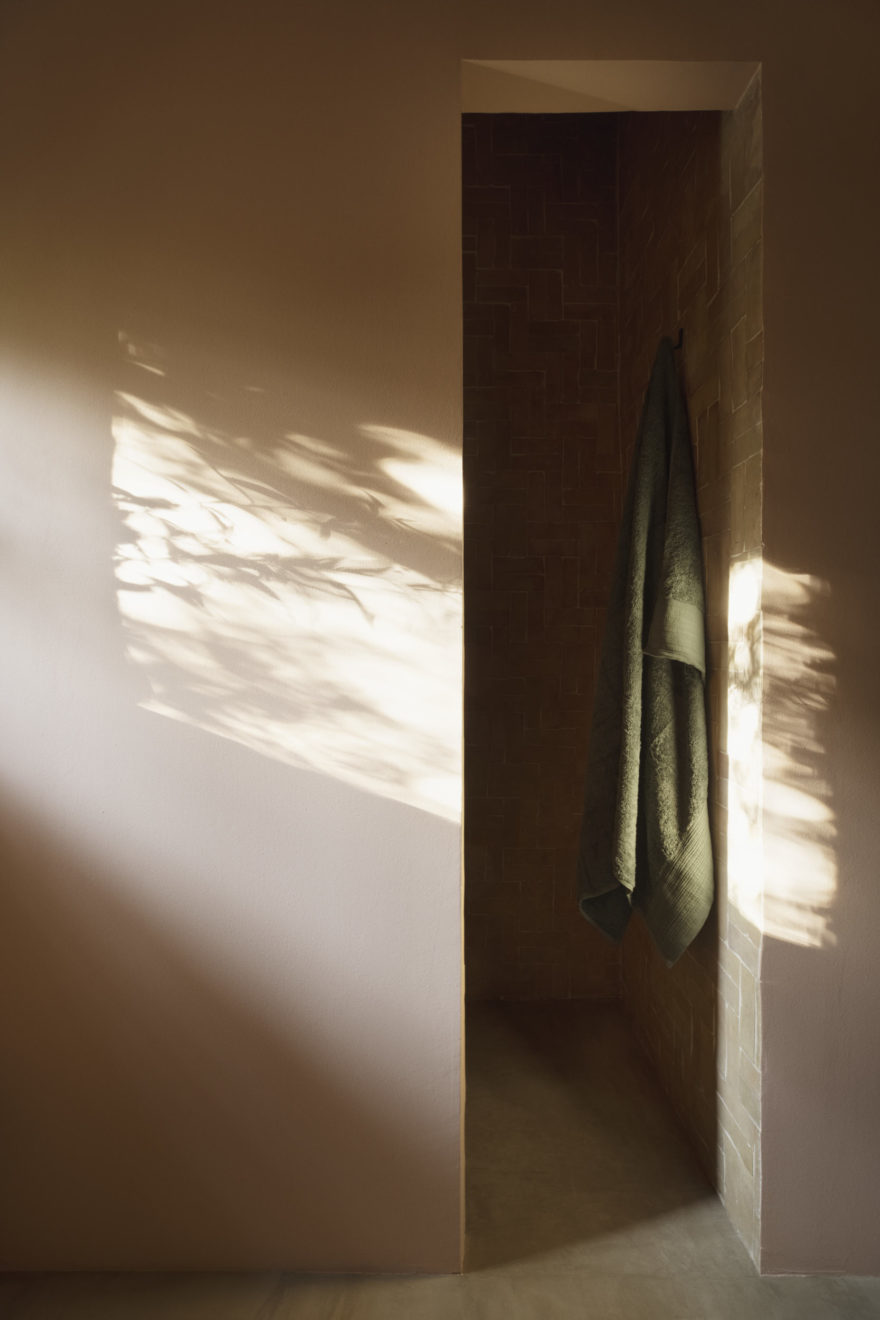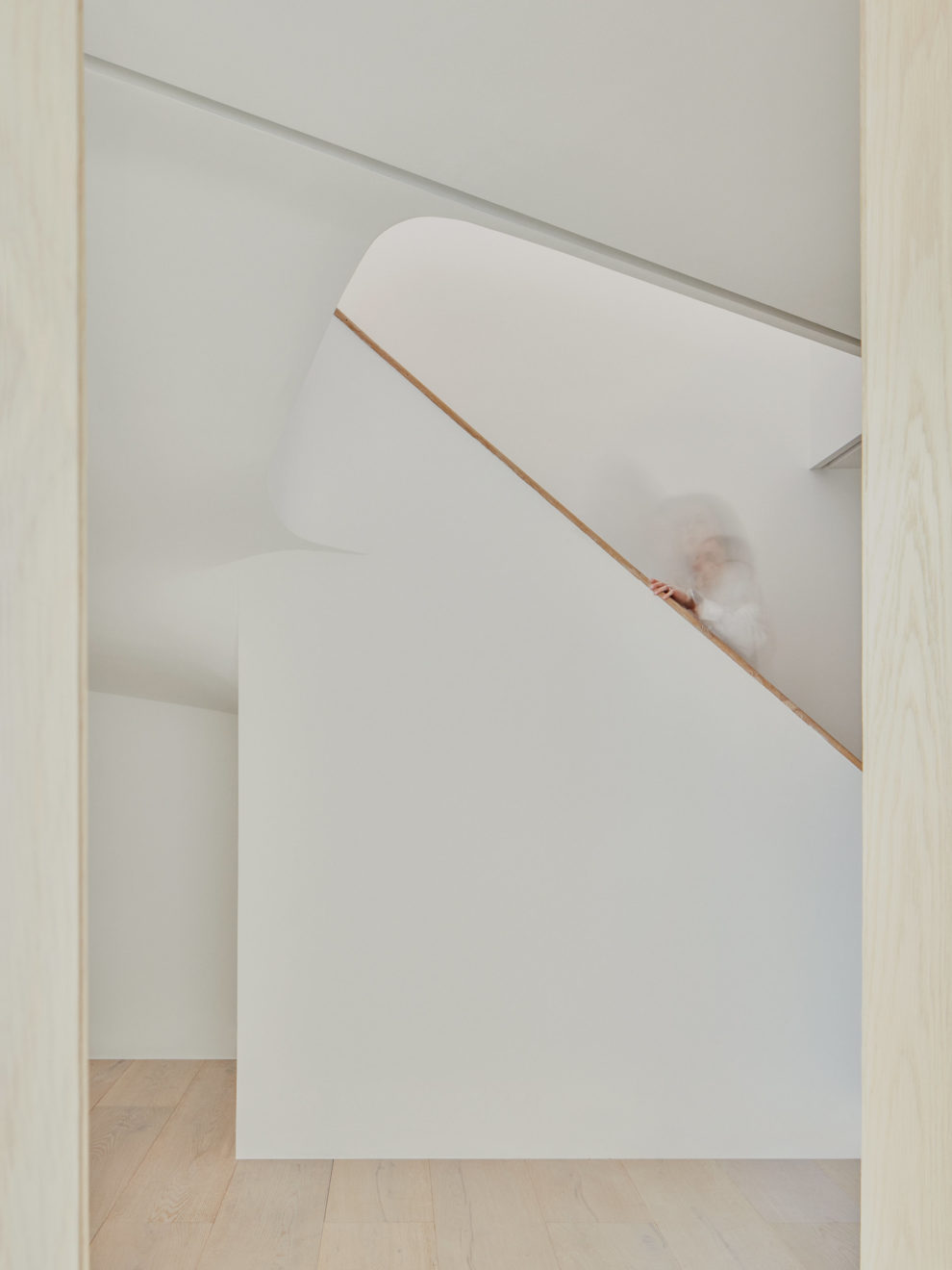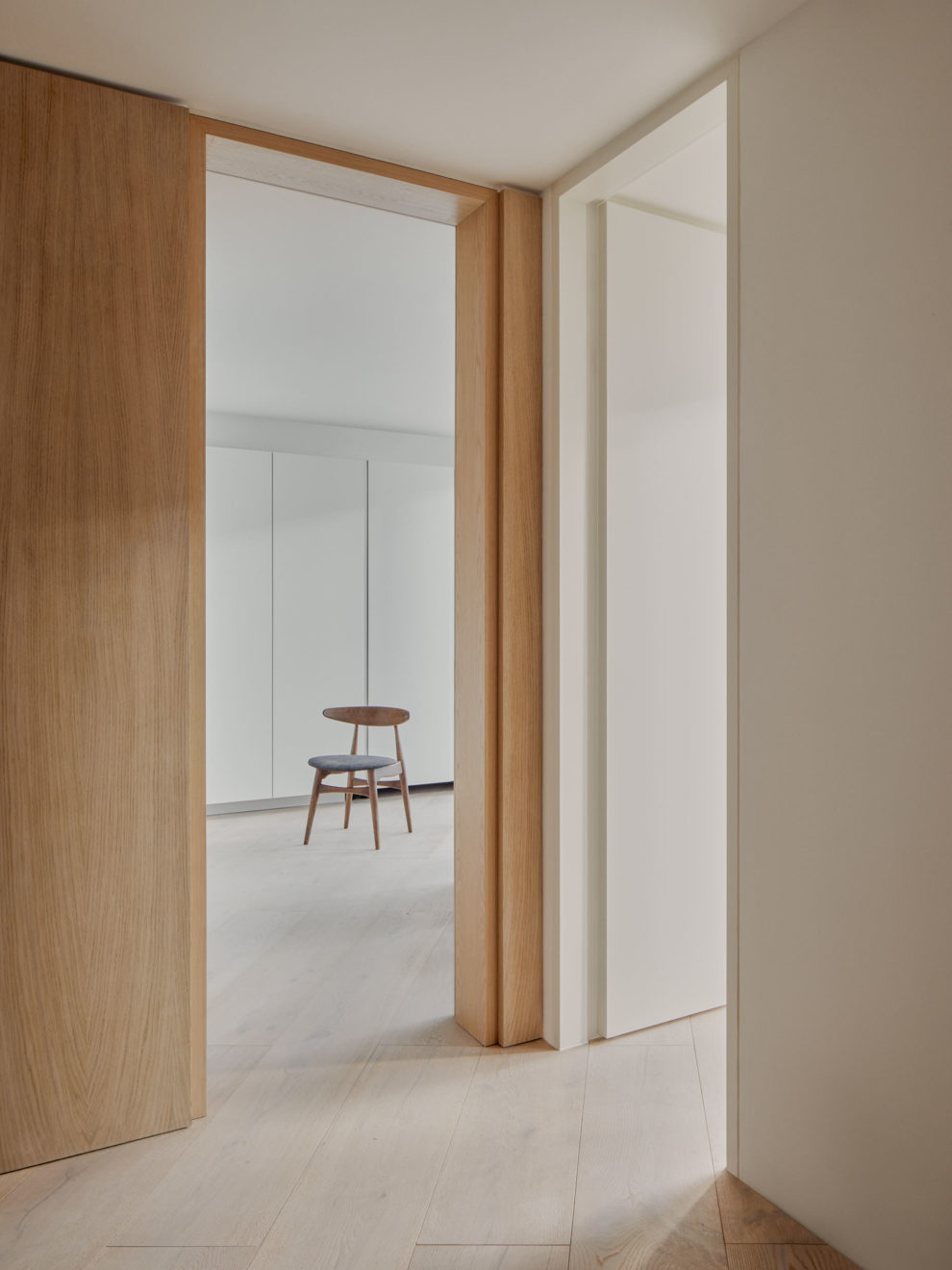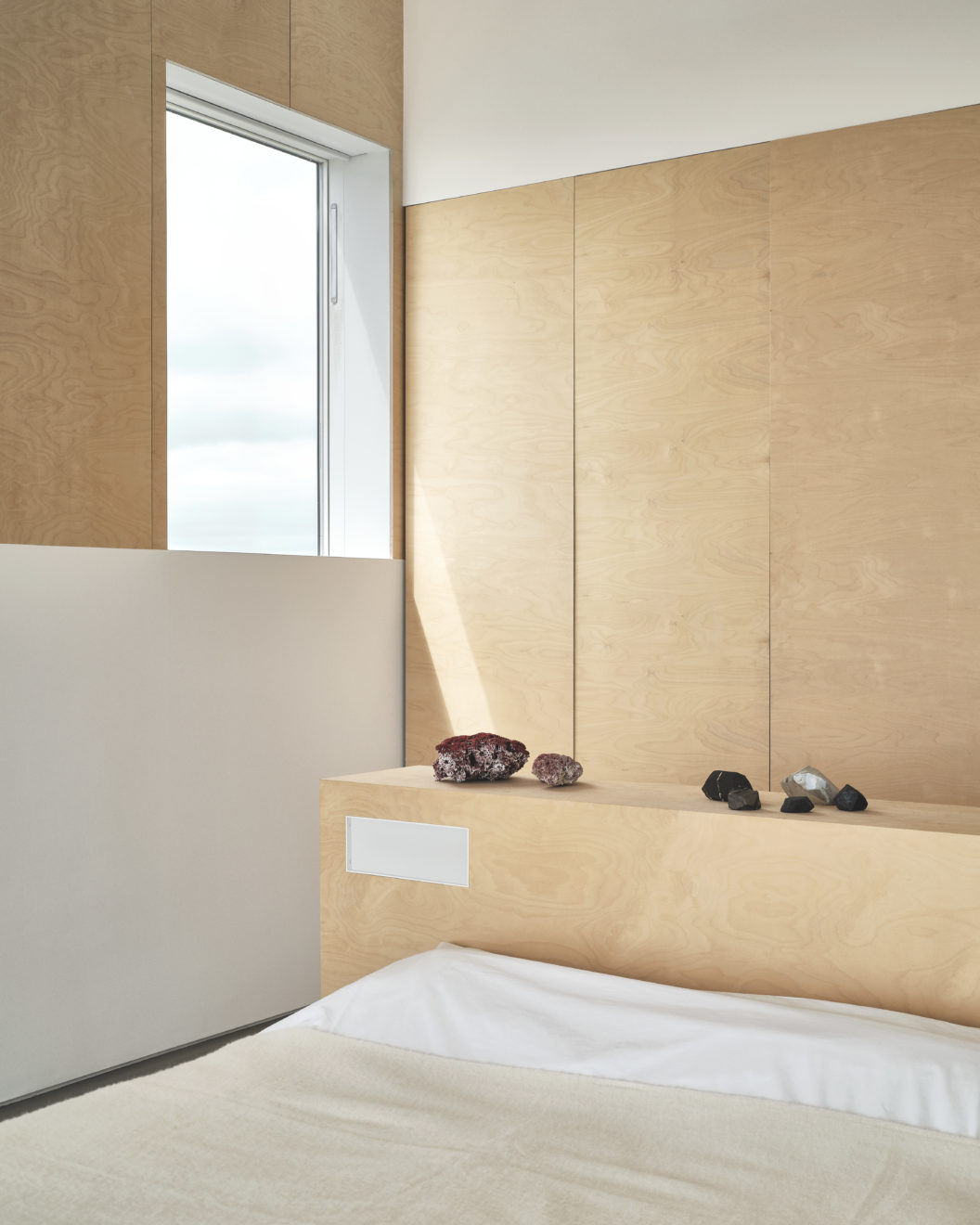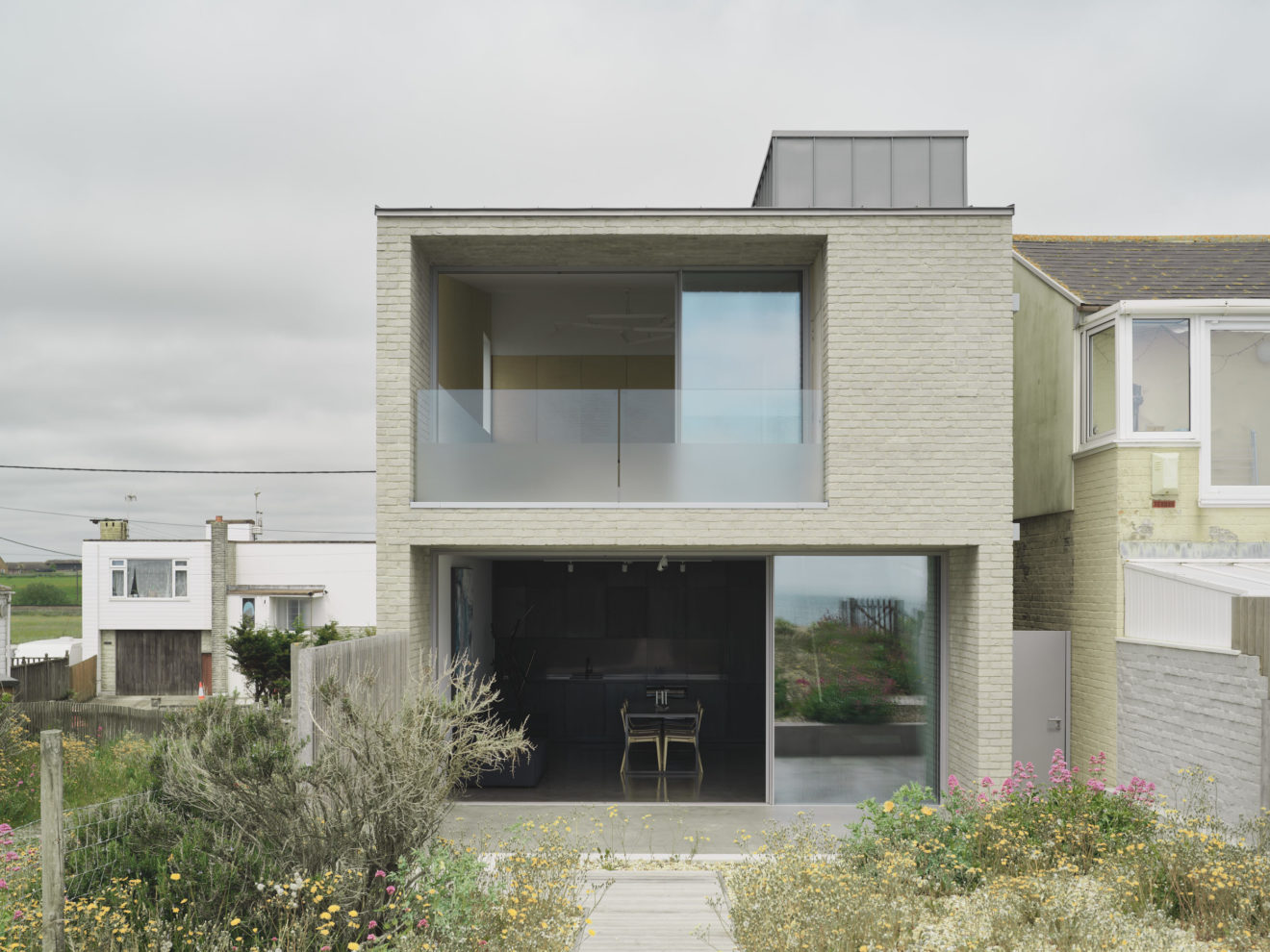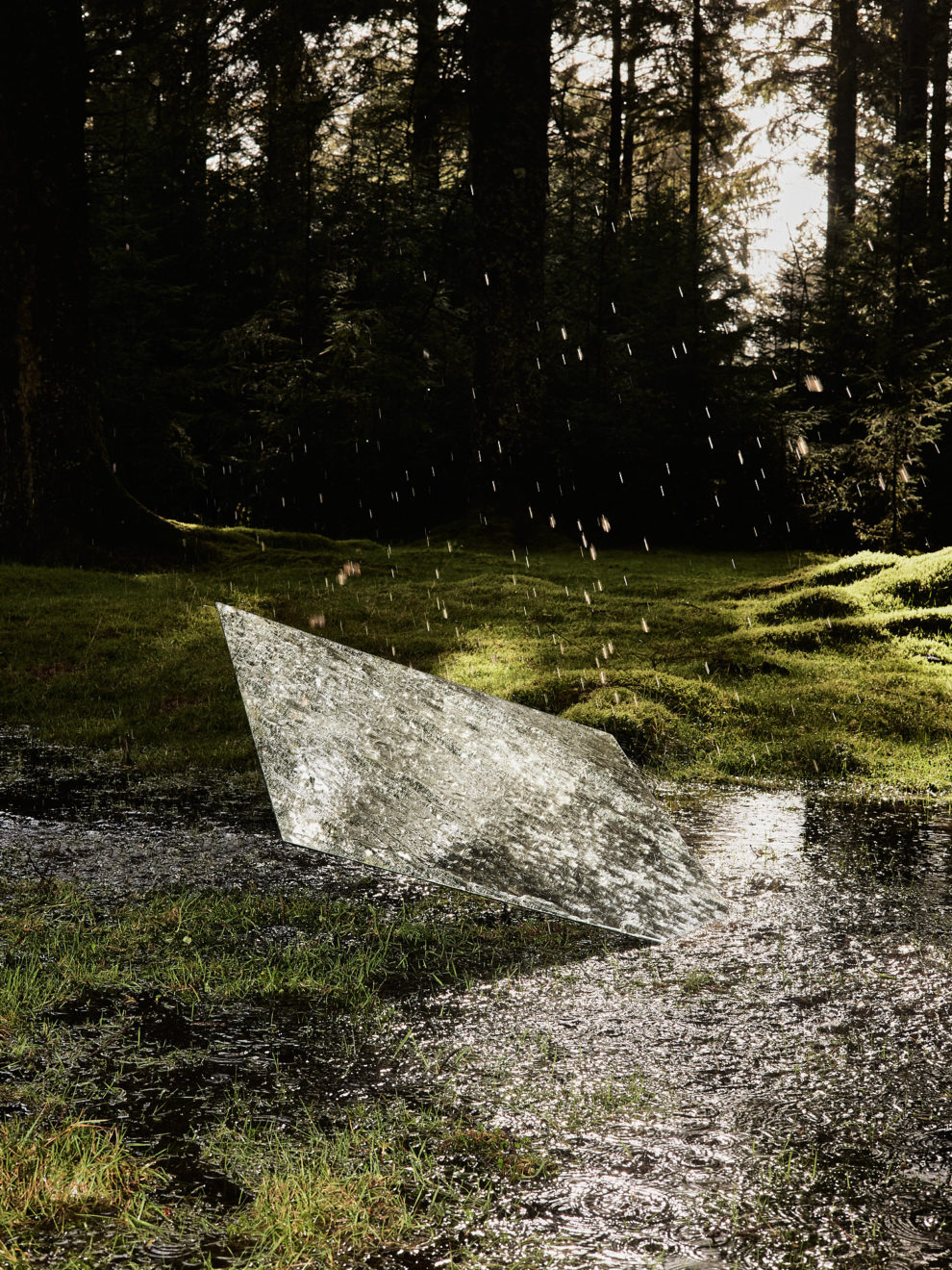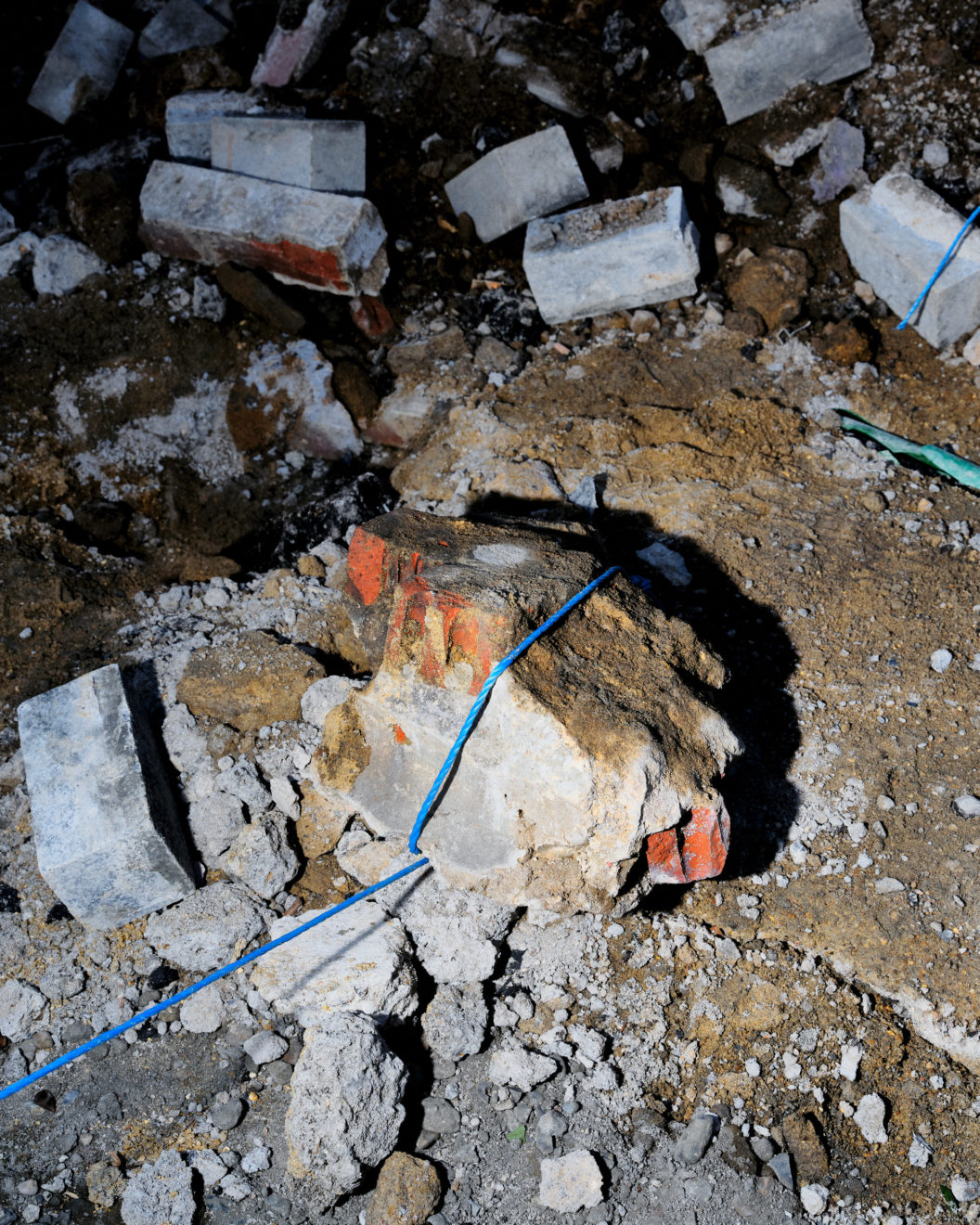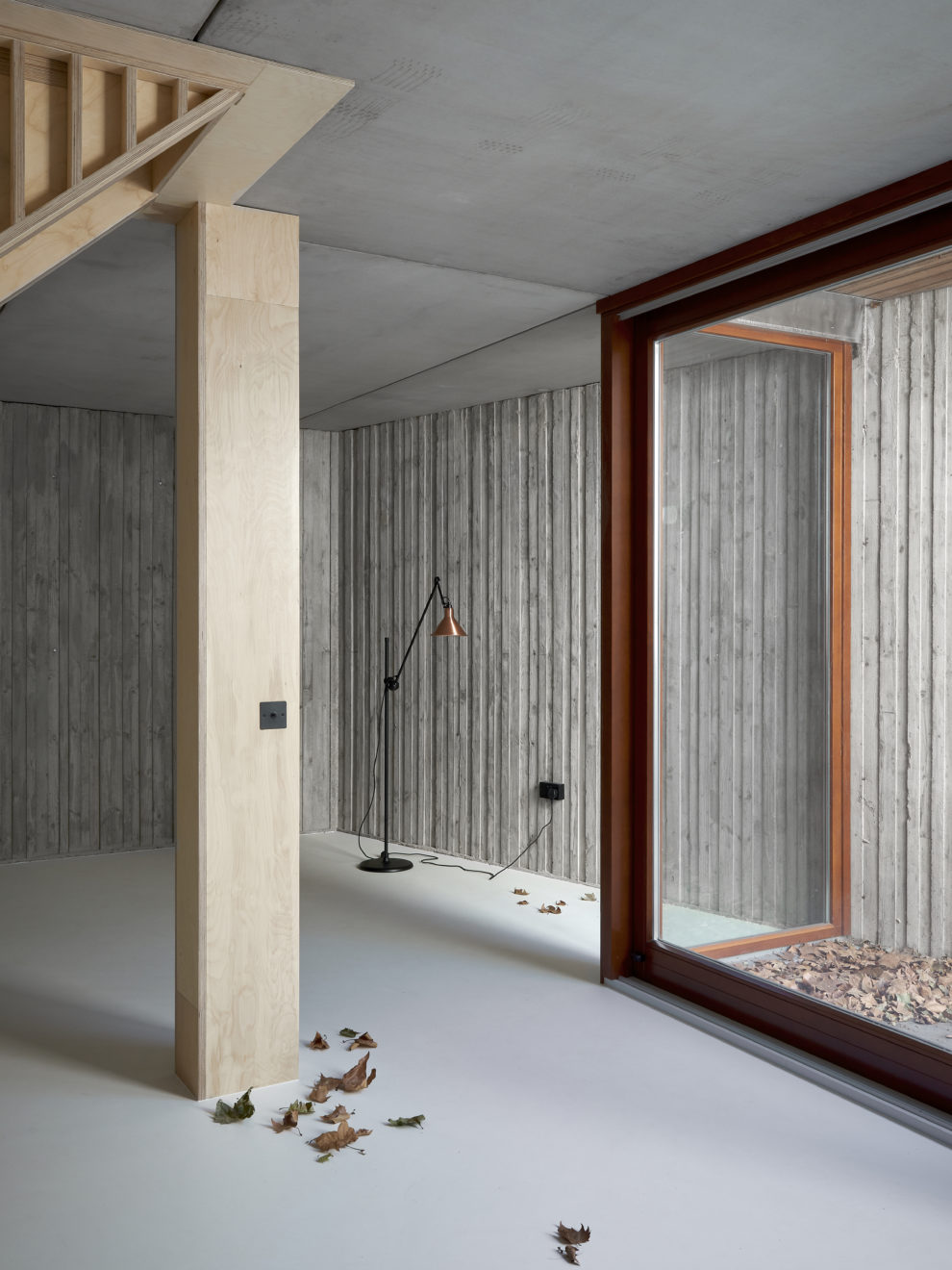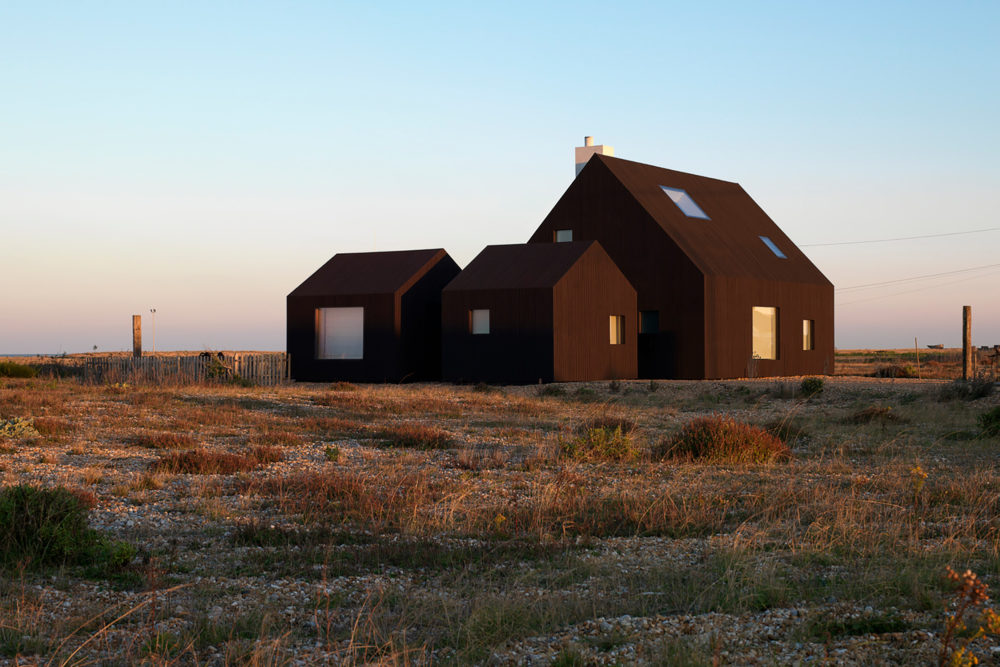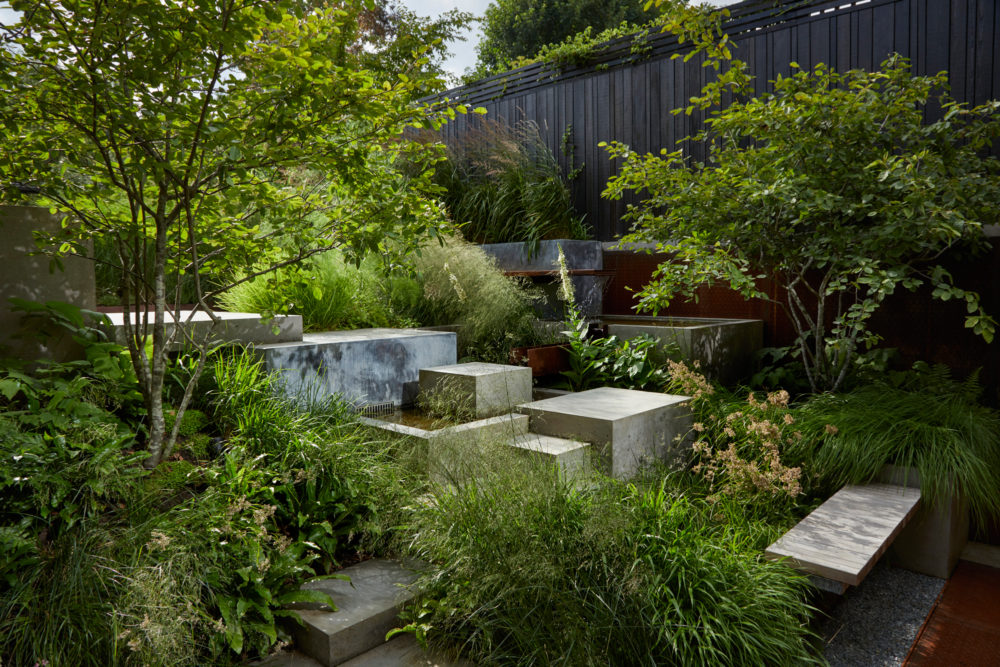Henry Woide
Henry Woide is a UK-based photographer who holds a healthy preoccupation with land, and how we use it. Structure and geographical management are key themes in his work, which extends from architectural commissions to forays into folklore. Never one to rest on his laurels, Henry has sought out education and community over his career to develop a fully rounded understanding of him medium. We caught up with Henry to find out more about both his professional and personal approach to photography.
I began in advertising but shortly realised after a degree, and countless placements at large agencies, that it wasn’t for me. I was too young to understand my underlying misalignment of ethics at the time and had no interest in selling people things they didn’t need. However, the glamorised image of advertising brought new inspiration. I became interested in how the pictures were made. I wanted to reveal their mysticism and understand how they related to the real world.
When I started my photographic journey, I knew I had an interest in landscape and a want to understand my own sense of place within the land around me. It was a ‘try and test’ method to my understanding of photography. At first, nothing made sense, let alone the camera’s settings, but I enjoyed the feedback and misunderstanding of my own creations, playing with aesthetics and my relationship with my subject.
After spending a decade making pictures, I think it’s a great time to work as a photographer with so many new questions in a highly digitalised time. I’m finding out more about how images transfer information, and what that information means to us. It’s such a wonderfully complicated medium yet, at the same time, simple and approachable by anyone.
I believe understanding your reasoning behind why you committed your life to a medium is fundamental to continuing in it. Since I was self-taught over several years, I always thought I had come to a good understanding of my aesthetic and composition, but I didn’t fully understand my motivations as to why I wanted to make images. My MA gave me an account of why images were made in the first place, their uses, and why they permeate our lives so much today. These simple concepts have been ultimately game-changing to my understanding of photography.
I hate to admit it, but I’m currently wrestling with what I knew before and what I know now, and how to settle those feelings into a new aesthetic and understanding in my work. It’ll undoubtedly be a further period of turbulence for me, opening up many new doors and difficulty in the identity of my photography, but also freedom.
I’m currently inspired by two photographers; the photographic duo Taiyo Onorato and Nico Krebs, and the photographer Joan Fontcuberta. I like their ability to play with serious topics aesthetically, historically and critically. They don’t take themselves too seriously, and there is a certain ease to look at their work and understand complex narratives through humour. Their work looks at our understanding of the image as everyday viewers; how power, authorship and credibility can be constructed in an image within the walls of a gallery or museum.
I’d highly recommend the book The Great Unreal by Taiyo Onorato and Nico Krebs. It looks at the tropes of the ‘American Road Trip’ and plays on a reconstructed view of the New Topographics – a group of American’ new’ landscape photographers in the 1970s, where urbanisation of the land created a new American landscape.
I co-founded the platform with Francesco Russo and Luca Piffaretti over a coffee; we saw our industry and wanted change. Photography can be a lonely profession, with lots of closed doors (similar to architecture) and we wanted to build a community that could support one another professionally but in our personal photographic projects in particular. We all enjoyed photographing the built environment (that was our background) and we wanted to be more critical with what we could say in our photographs. When a client commissions you for a project you follow a brief with your own vision, but ultimately what you can say is client lead.
When you make work in the collective you have very few limitations; you are free to say what is needed to be said. My goals for Mass Collective are to see it thrive with new projects that come from within the collective and from collaborations with contributors. After our success with our first exhibition, Londons – The Polycentric City, and being close to selling out our first small book, I would like to see a continuation of photographic exhibitions, books and prints to support the work of the photographers within our community.
No, for me it is light, space and composition, maybe even materiality or touch. I don’t see any as inherently different from the camera’s perspective and how I approach them. Though I am finding the ability to play more with my subject thinking about what makes it tick, the moments in-between and how we relate to that structure.
I think I have a distinct ability to look at a space and make sense of it through a camera. I look to reduce my subject, either through cropping or abstraction, to simplify a structure to a single form, one that can be understood by the viewer.
Depth is essential in a flat medium, so I look for that too. And I find myself drawn to silent moments in a space where the viewer has time to gaze and make sense of the structure.
Light is also crucial in defining your subject, understanding which light suits and how can send a particular feeling or aesthetic to the view. It’s key to doing great work in architectural photography.
Vanessa and I come from two entirely different backgrounds, hers in performance and self-portraiture with a feminist gaze and mine a male gaze with a background in landscape and architecture. We brought together our points of view to form a third identity. We both found each other’s work fascinating on our Master’s Degree at Falmouth University, and so different to our own that we were drawn to work together. The energy we found in the collaboration was abounding and frankly a little intense but it was playful, joyful and humorous.
We put all of this into a narrative that we were both interested in folklore, myths and legends of the British countryside. The project On The Land An Oak Will Grow was a satirical piece we created for ourselves. The work was made in response to modern day rituals we find in our contemporary lives; a mobile phone, mirror, a reflection of our lives. We try to take our the viewer on a journey into the surreal using elements of the digital in traditional folklore and myths.
I’m proud of the work. It has been well received, winning the Life Framer Series Award VII, which will be represented by Contour Gallery in Rotterdam with our exhibition from the 1st of April – 29th of April 2022. It was also shortlisted at the Sony Photography Awards in the Creative open category and will be shown at Somerset House from the 13th of April till 2nd of May in London.
When I look at the landscape, it is often impossible to find land that hasn’t been managed. From agriculture to industry, metropolitan cities or even our shorelines in Britain are all organised. Our control over the planet has led to an new geological era; Anthropocene. So, I have a critical view in my personal projects, which look at how we exert control over our land, how we impact it, what we are doing with it, and of course an interest in climate change – a topic I’m yet to grapple with through my personal work.
My own relationship with the land has always been with a sense of place and belonging within that space. When I was younger, I’d often travel between London and the South West of England and have always found it cathartic to walk the land around me. This simple method has a long history with photography, and I find pleasure in a simple form of documentation of my personal explorations.
China. It’s a fascinating place at this time, with an extreme amount of industrialisation and development. I think Vauxhall, Stratford or Croydon is the closest I could come to that in London, with the extreme level of tall residential towers popping up all across the city.
Speak with others about your work and reach out to those you admire but don’t expect to form a relationship with them. Try to look at others’ work and make an effort to try to recreate it. Reading photographic books on the theory and history of the medium is essential to your understanding of photography, and before my degree, I didn’t understand that.
Currently, I am working on a conceptual project around misinformation, disinformation and conspiracy. It will be a departure from my psychogeographical explorations in the psychical land and a move into the digital.

